Home>Gardening & Outdoor>Pool & Spa Care>How Much Does Inflatable Hot Tub Weigh
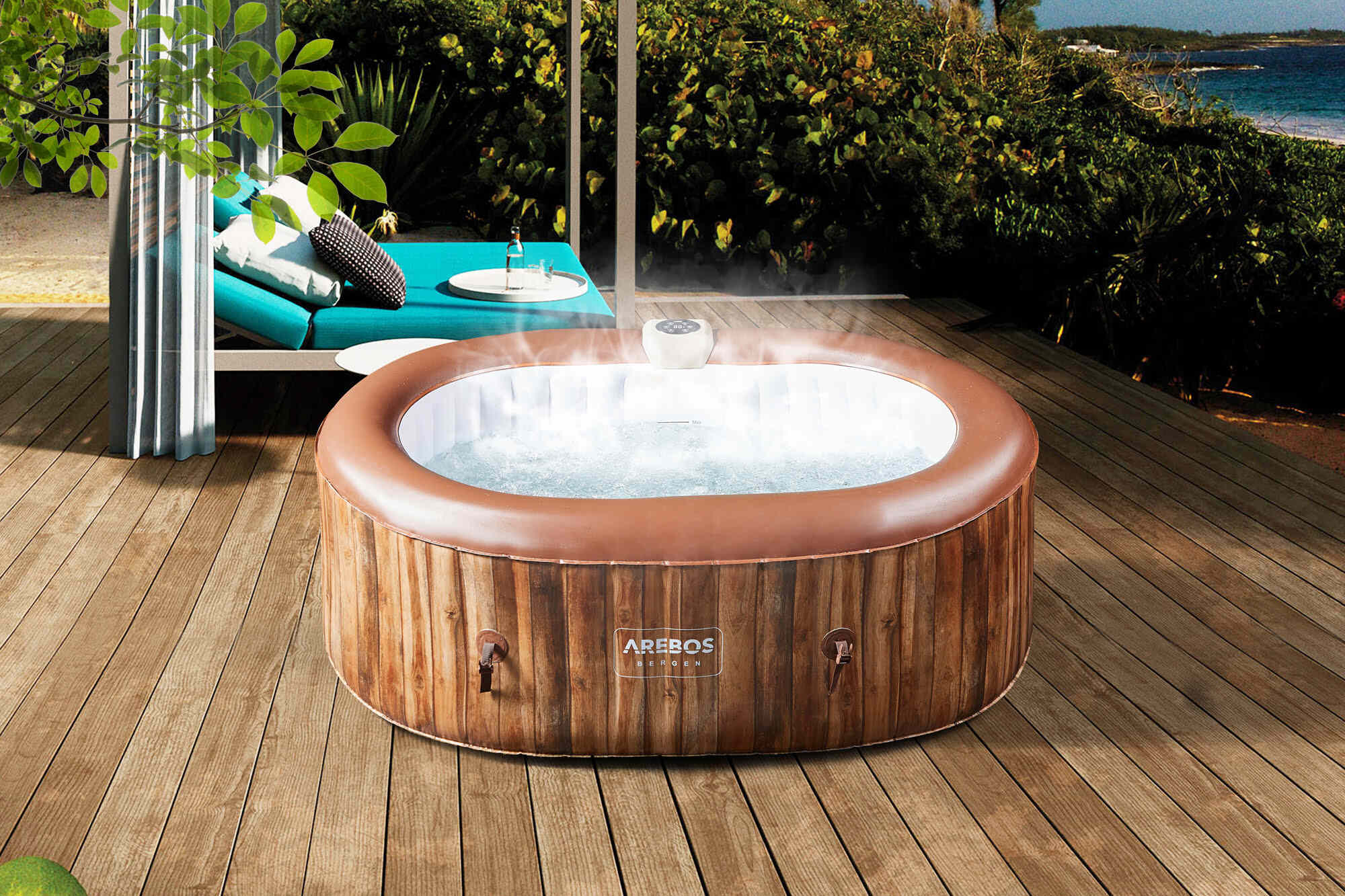

Pool & Spa Care
How Much Does Inflatable Hot Tub Weigh
Modified: October 21, 2024
Find out the weight of inflatable hot tubs and get expert tips on pool and spa care. Explore the best ways to maintain your pool and spa.
(Many of the links in this article redirect to a specific reviewed product. Your purchase of these products through affiliate links helps to generate commission for Storables.com, at no extra cost. Learn more)
Introduction
Welcome to the world of inflatable hot tubs, where luxury meets convenience. These portable spa marvels have gained immense popularity for their ease of setup, versatility, and cost-effectiveness. One common concern among prospective buyers and owners is the weight of inflatable hot tubs. Understanding the factors influencing their weight and how to handle them can make a significant difference in your overall experience.
In this article, we will delve into the various aspects of inflatable hot tub weight, including the factors that affect it, the standard weight range, and essential tips for moving and handling these portable spas. Whether you are considering purchasing an inflatable hot tub or already own one, this comprehensive guide will provide valuable insights to help you make informed decisions and ensure the safe and efficient management of your inflatable hot tub.
Key Takeaways:
- Inflatable hot tub weight is influenced by size, materials, water capacity, and features. Understanding these factors helps in choosing and managing these portable spas effectively.
- When moving inflatable hot tubs, plan the route, secure components, use proper lifting techniques, and protect the tub. Following these tips ensures a smooth and safe transition for the tub and individuals involved.
Read more: How Much Does A Hot Tub Weigh?
Factors Affecting the Weight of Inflatable Hot Tubs
The weight of an inflatable hot tub is influenced by several key factors, each playing a crucial role in determining its overall mass. Understanding these factors is essential for both prospective buyers and current owners, as it can impact the installation, maintenance, and relocation of the inflatable hot tub.
- Capacity and Size: One of the primary factors affecting the weight of an inflatable hot tub is its capacity and size. Larger hot tubs designed to accommodate more occupants will naturally weigh more than smaller models. The dimensions and water capacity of the hot tub directly contribute to its overall weight.
- Construction Materials: The materials used in the construction of the inflatable hot tub significantly influence its weight. High-quality, durable materials such as reinforced PVC and sturdy internal structures add to the overall mass of the hot tub. Additionally, the thickness of the material can impact the weight, with thicker layers contributing to a heavier overall structure.
- Water Capacity: The volume of water required to fill the hot tub is a substantial component of its weight. Larger hot tubs with higher water capacities will naturally be heavier when filled, while smaller models will have a lighter overall weight when filled to their capacity.
- Accessories and Components: Inflatable hot tubs come with various accessories and components, such as pumps, heaters, and integrated seating. These elements add to the overall weight of the hot tub and are essential considerations when assessing its total mass.
- Additional Features: Some inflatable hot tubs are equipped with additional features such as built-in LED lighting, massage jets, and advanced control panels. While these features enhance the hot tub experience, they also contribute to its weight.
- Insulation: The level of insulation integrated into the hot tub’s design can impact its weight. Well-insulated hot tubs may have added layers or materials to retain heat, which can increase their overall mass.
By considering these factors, individuals can gain a comprehensive understanding of the elements contributing to the weight of inflatable hot tubs. This knowledge is invaluable when evaluating different models and planning for the installation and maintenance of these portable spas.
Standard Weight Range for Inflatable Hot Tubs
When exploring the world of inflatable hot tubs, it’s essential to have a clear understanding of the standard weight range associated with these portable spa marvels. While the specific weight of each hot tub model will vary based on factors such as size, capacity, and construction, there are general weight ranges that can serve as a helpful reference for prospective buyers and owners.
Typically, inflatable hot tubs fall within a weight range of 150 pounds to 250 pounds when empty. This range encompasses a variety of models designed to accommodate different capacities and feature sets. Smaller, two-person inflatable hot tubs may weigh around 150 to 200 pounds, while larger, six-person models can range from 200 to 250 pounds when not filled with water.
It’s important to note that the weight of an inflatable hot tub significantly increases when filled with water. The water capacity of these hot tubs can range from 150 gallons for smaller models to over 300 gallons for larger, family-sized options. As a result, the total weight of the hot tub, including water and occupants, can exceed 2,000 pounds for larger models. Understanding the weight dynamics when the hot tub is filled is crucial for planning its installation and ensuring that the supporting surface can accommodate the combined weight.
Factors such as the materials used in construction, the presence of additional features and accessories, and the level of insulation can also influence the weight of inflatable hot tubs within this standard range. Buyers and owners should refer to the manufacturer’s specifications for each specific model to obtain precise weight details and make informed decisions regarding installation, maintenance, and relocation.
By being aware of the standard weight range for inflatable hot tubs, individuals can effectively assess the logistics of owning and managing these portable spas. This knowledge serves as a valuable foundation for understanding the physical requirements and considerations associated with inflatable hot tub ownership.
When considering the weight of an inflatable hot tub, it’s important to factor in the weight of the tub itself, the water, and the people using it. Be sure to check the manufacturer’s specifications for the exact weight capacity of the hot tub before purchasing.
Tips for Moving and Handling Inflatable Hot Tubs
Whether you’re relocating to a new home or simply seeking to reposition your inflatable hot tub within your outdoor space, proper moving and handling techniques are essential for ensuring a smooth and safe transition. The following tips offer valuable guidance for effectively moving and handling inflatable hot tubs, safeguarding both the hot tub and the individuals involved in the process.
- Plan the Route: Before moving the inflatable hot tub, carefully plan the route to its new location. Clear any obstacles, such as furniture, plants, or debris, that may obstruct the path. Ensure that the route is free from potential hazards and provides ample space for maneuvering the hot tub.
- Secure the Components: If your inflatable hot tub features removable components such as the cover, pump, or accessories, secure them properly before moving the hot tub. This prevents damage to the components and ensures that they are readily available for reinstallation.
- Use Proper Lifting Techniques: When lifting the hot tub, enlist the help of others to distribute the weight evenly. Lift from the lower, sturdier sections of the hot tub to minimize strain. Avoid lifting the hot tub by its inflatable walls or fragile components.
- Utilize Moving Equipment: Consider using moving straps, furniture dollies, or inflatable hot tub carts to facilitate the transportation process. These tools can help distribute the weight and provide better control during movement.
- Protect the Hot Tub: Use protective padding or blankets to shield the hot tub from scratches or abrasions during the moving process. Secure the padding in place to prevent shifting and potential damage to the hot tub’s exterior.
- Check the New Location: Before placing the hot tub in its new location, ensure that the surface is level, stable, and capable of supporting the weight of the filled hot tub. Address any necessary preparations, such as clearing debris or adjusting the ground surface, to create an ideal setting for the hot tub.
- Follow Manufacturer’s Guidelines: Refer to the manufacturer’s guidelines and specific instructions for moving and handling the inflatable hot tub. Adhering to these recommendations can help prevent damage and ensure that the hot tub remains in optimal condition.
By implementing these tips, individuals can navigate the process of moving and handling inflatable hot tubs with confidence and care. Whether relocating the hot tub within the same property or preparing it for transportation to a new location, these guidelines serve as valuable resources for maintaining the integrity and functionality of the inflatable hot tub.
Conclusion
Inflatable hot tubs offer a delightful blend of relaxation, comfort, and convenience, making them a popular choice for spa enthusiasts and homeowners seeking a portable hydrotherapy experience. Understanding the weight dynamics of these portable spas is essential for making informed decisions regarding their purchase, installation, and ongoing maintenance.
By exploring the factors influencing the weight of inflatable hot tubs, individuals gain valuable insights into the various components and design elements that contribute to their overall mass. From capacity and construction materials to water volume and additional features, these factors collectively shape the weight of each hot tub model.
Furthermore, familiarizing oneself with the standard weight range for inflatable hot tubs provides a foundational understanding of the typical mass associated with these portable spas. This knowledge empowers buyers and owners to plan for the installation, relocation, and ongoing care of their hot tubs, considering the weight implications when empty and when filled with water.
When it comes to moving and handling inflatable hot tubs, implementing proper techniques and precautions is paramount for ensuring the safety of both the hot tub and the individuals involved. By following the recommended tips for moving and handling, owners can navigate the process with confidence, safeguarding the integrity of the hot tub and optimizing its longevity.
In conclusion, the weight of inflatable hot tubs is a multifaceted aspect that warrants attention and consideration throughout the ownership journey. By gaining a comprehensive understanding of the factors contributing to their weight, the standard weight range, and best practices for moving and handling, individuals can embark on their inflatable hot tub experience with confidence, knowledge, and a clear sense of how to manage these delightful portable spas.
Whether enjoying a tranquil soak or relocating the hot tub to a new setting, the insights and guidance provided in this article serve as valuable companions for navigating the weight-related aspects of inflatable hot tub ownership, enhancing the overall enjoyment and satisfaction derived from these versatile and rejuvenating additions to any home.
Frequently Asked Questions about How Much Does Inflatable Hot Tub Weigh
Was this page helpful?
At Storables.com, we guarantee accurate and reliable information. Our content, validated by Expert Board Contributors, is crafted following stringent Editorial Policies. We're committed to providing you with well-researched, expert-backed insights for all your informational needs.

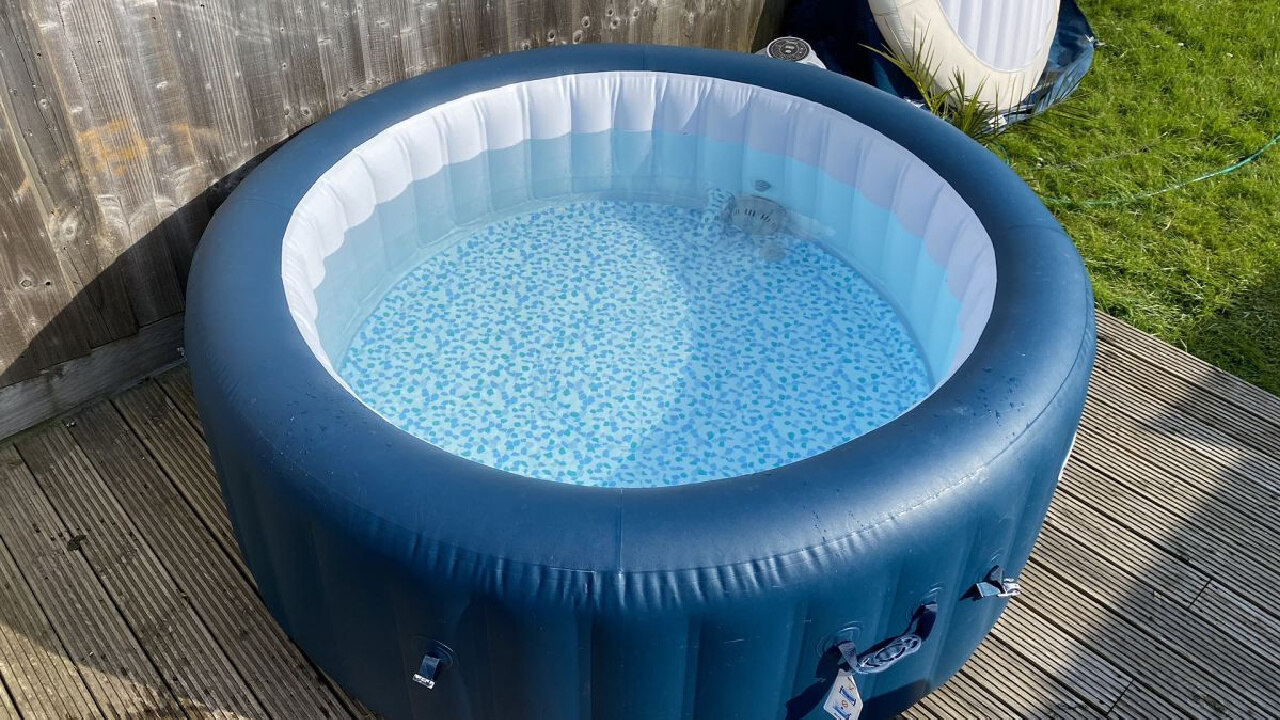

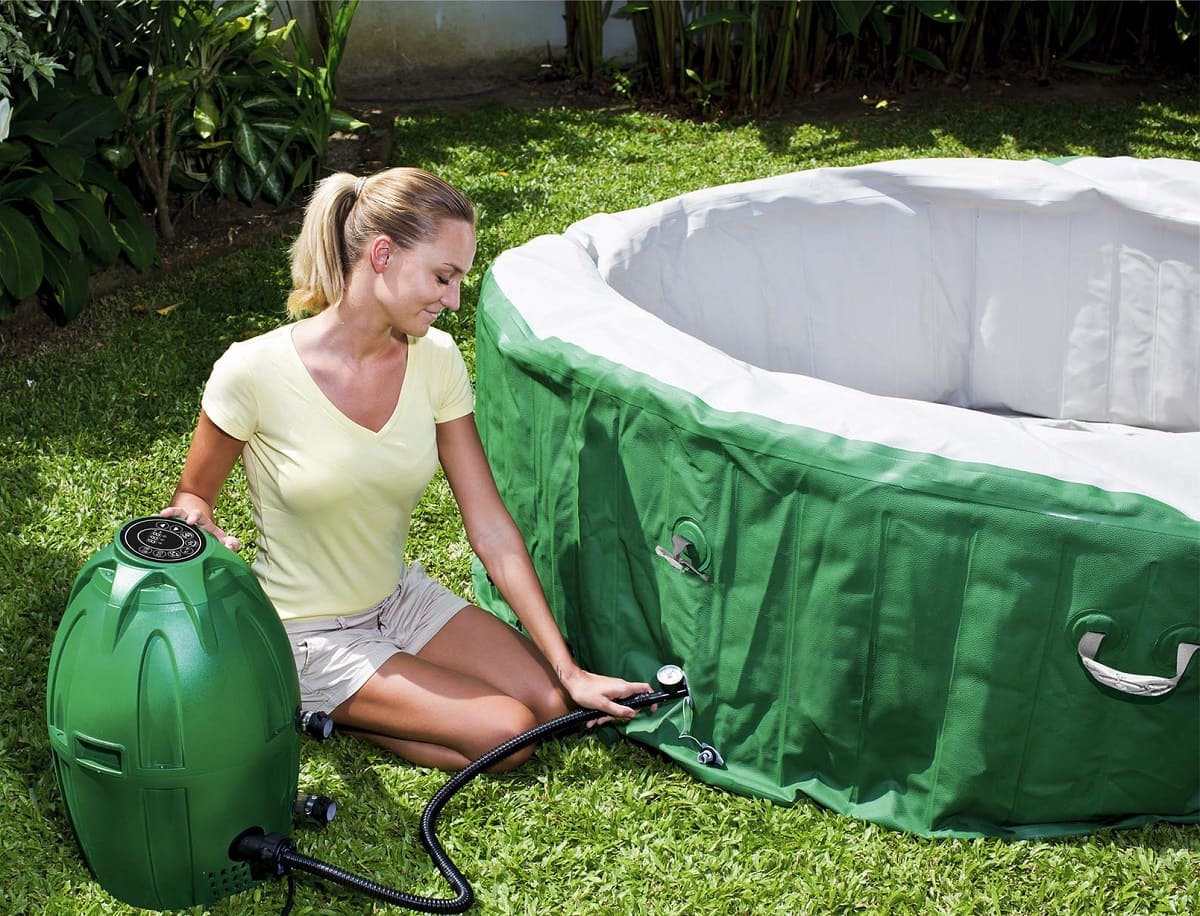
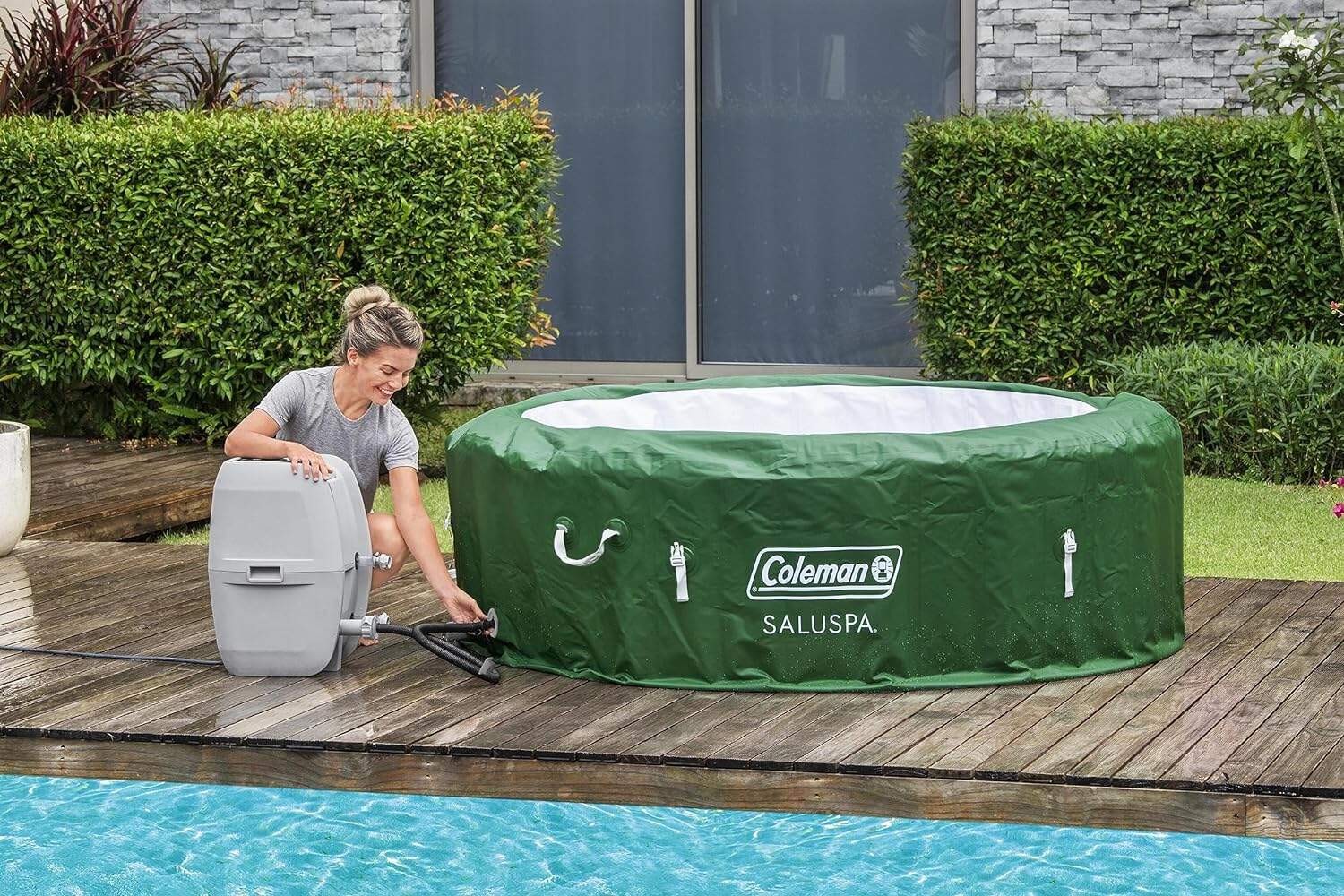
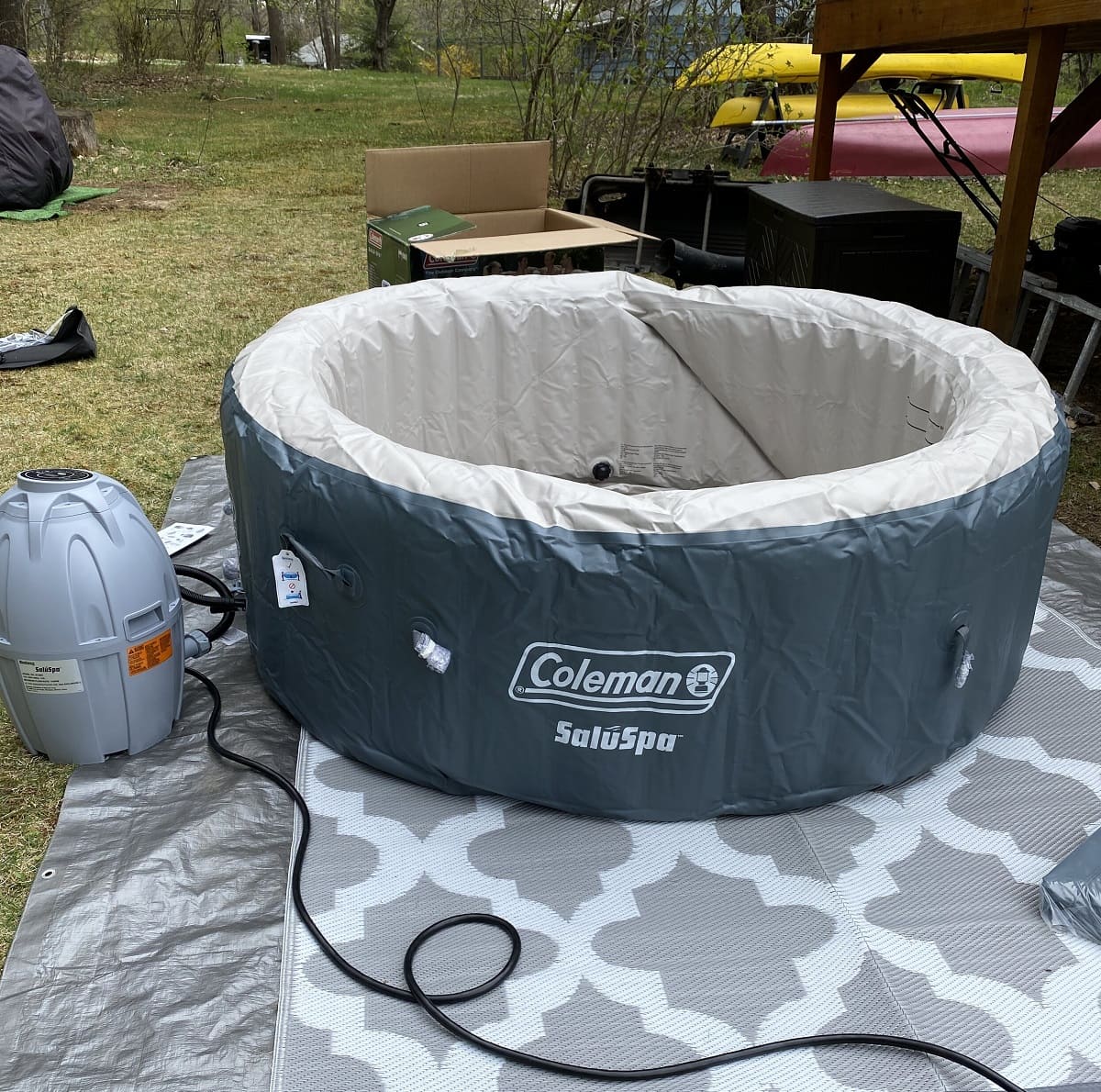
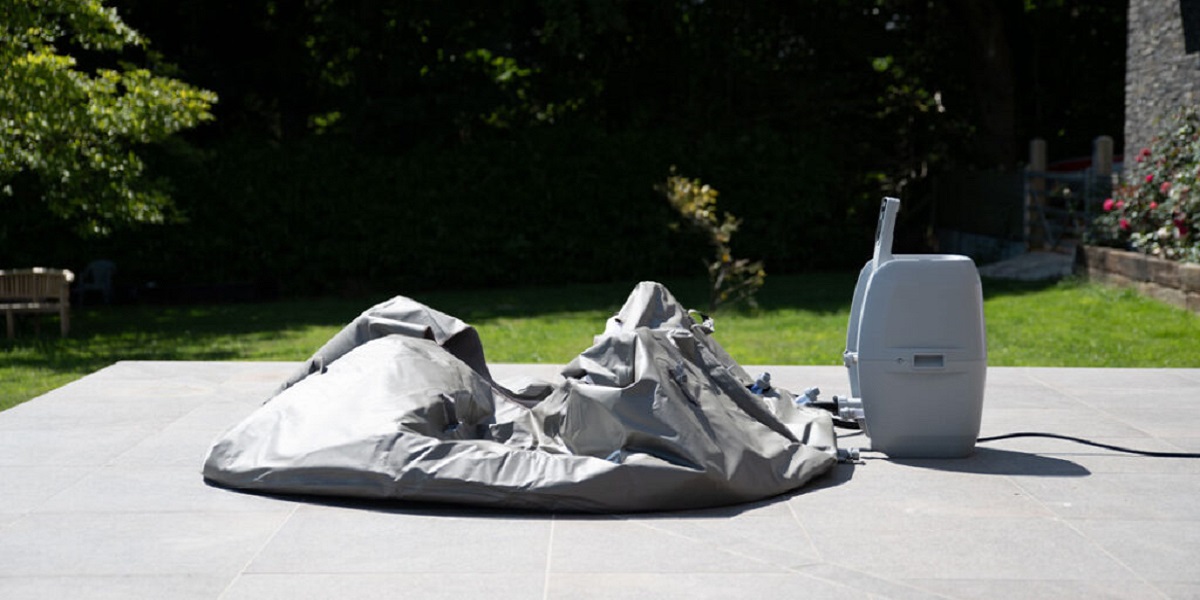
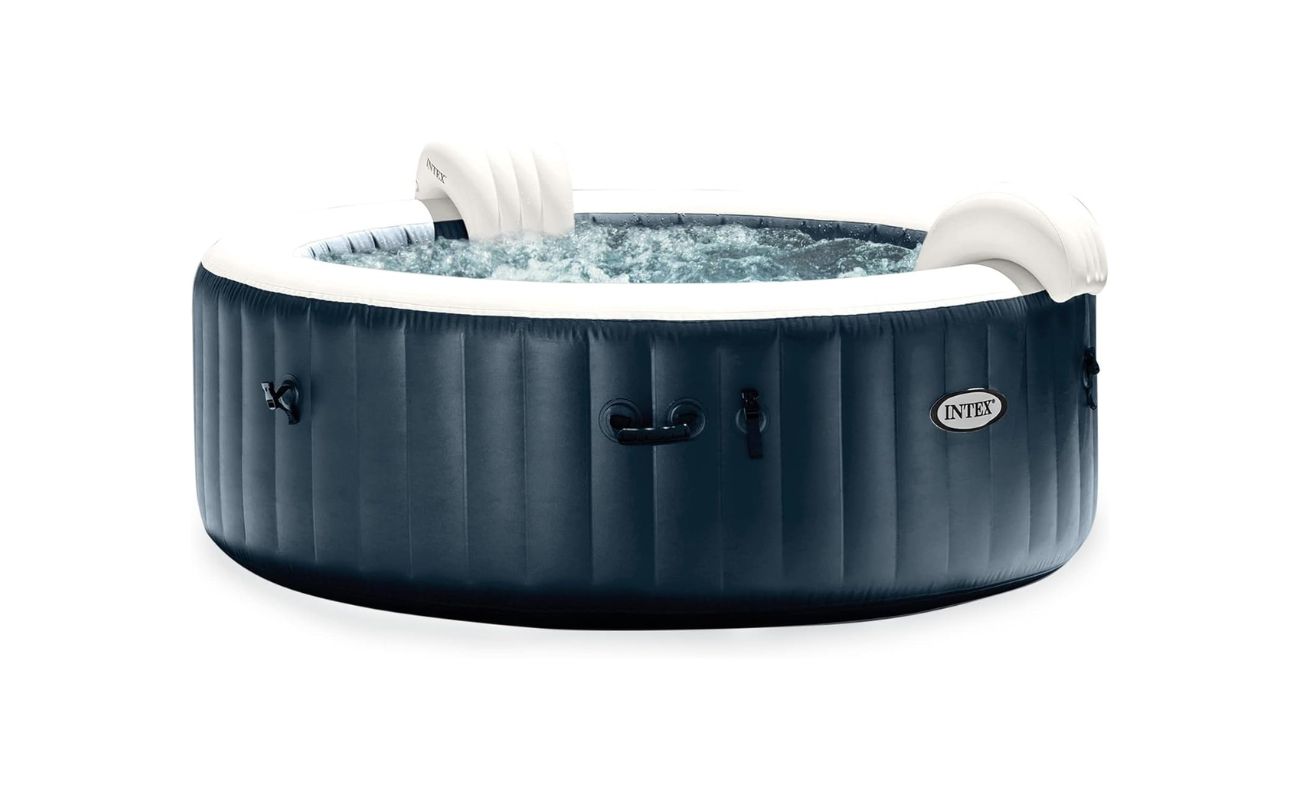
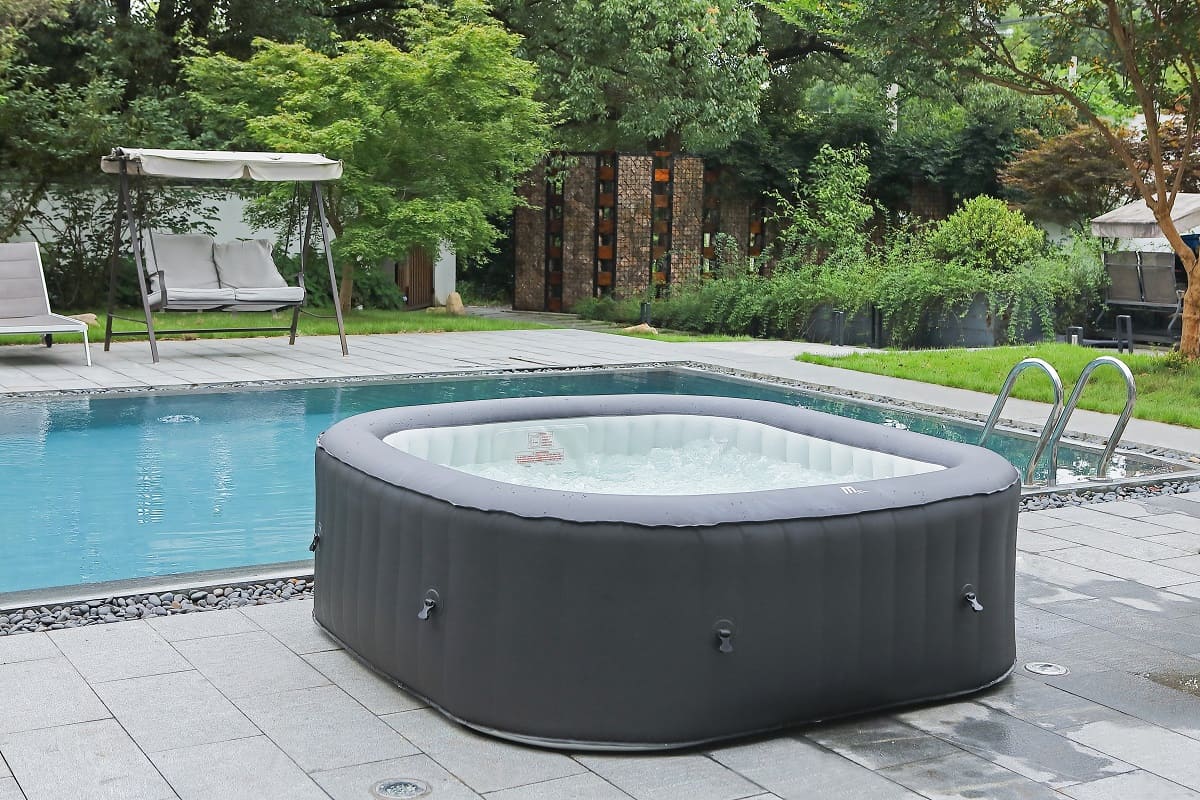

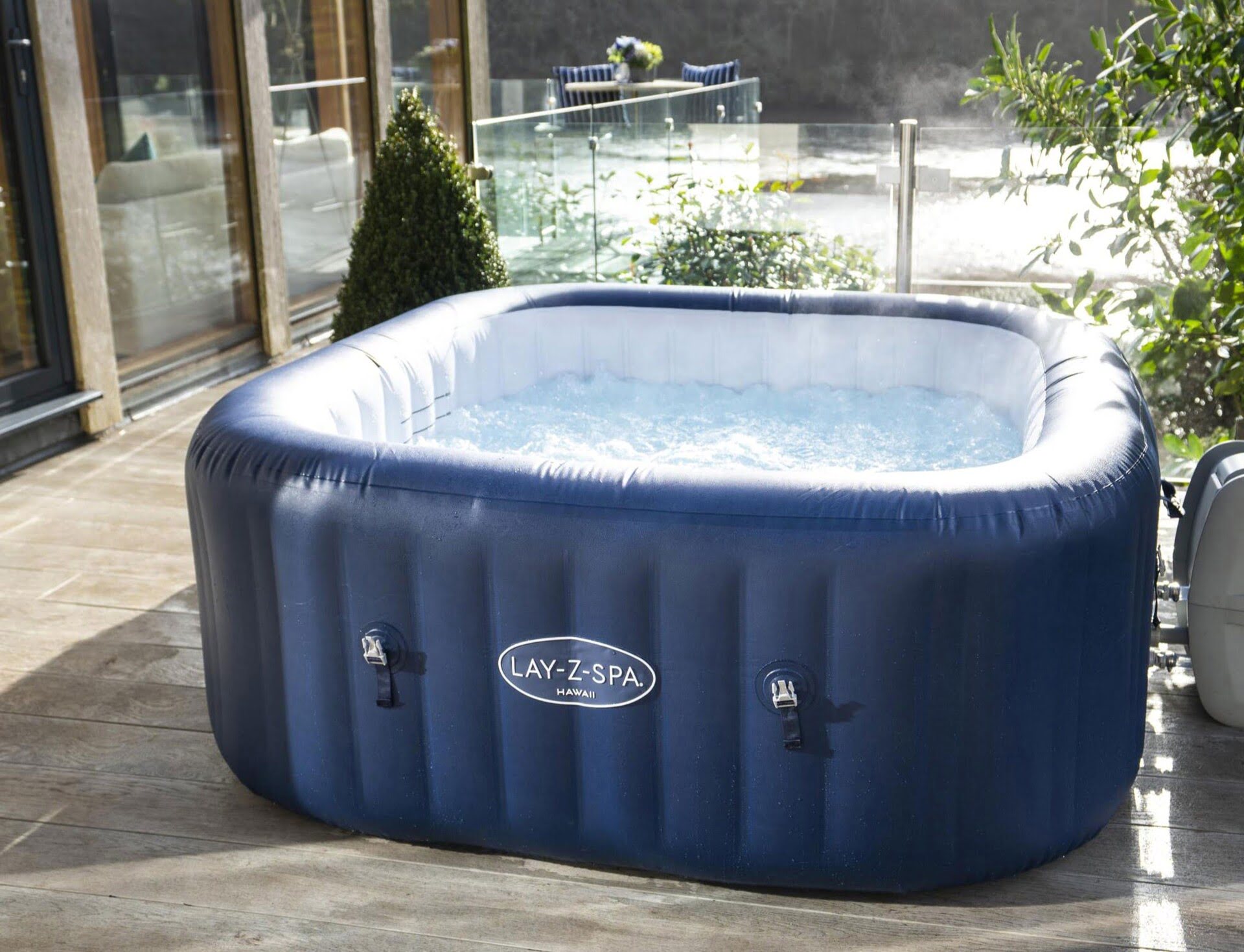
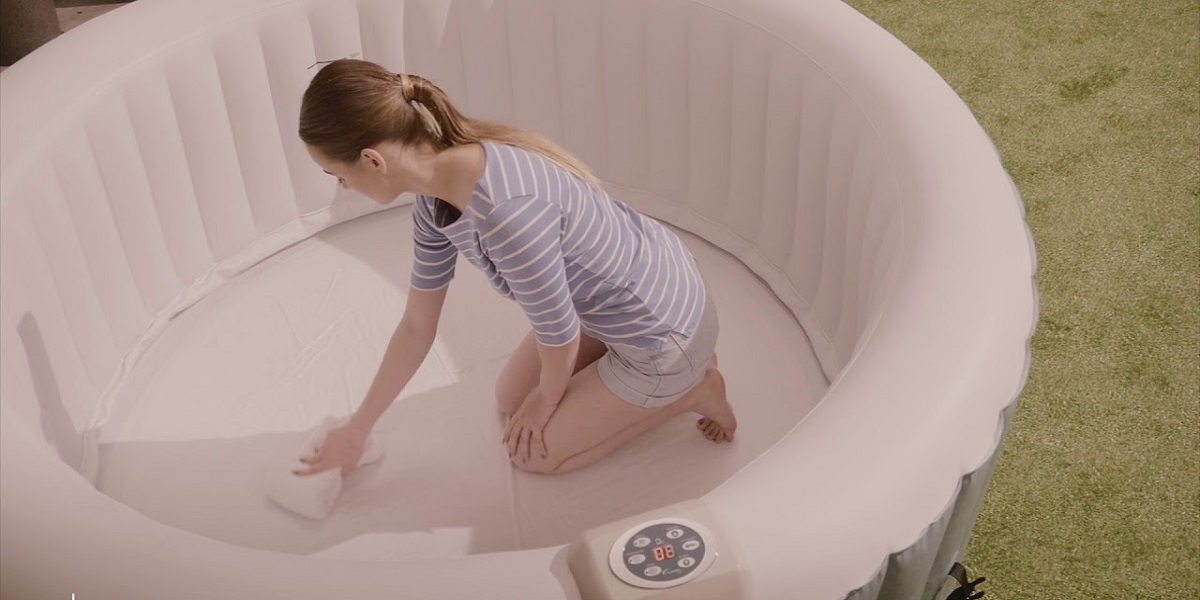
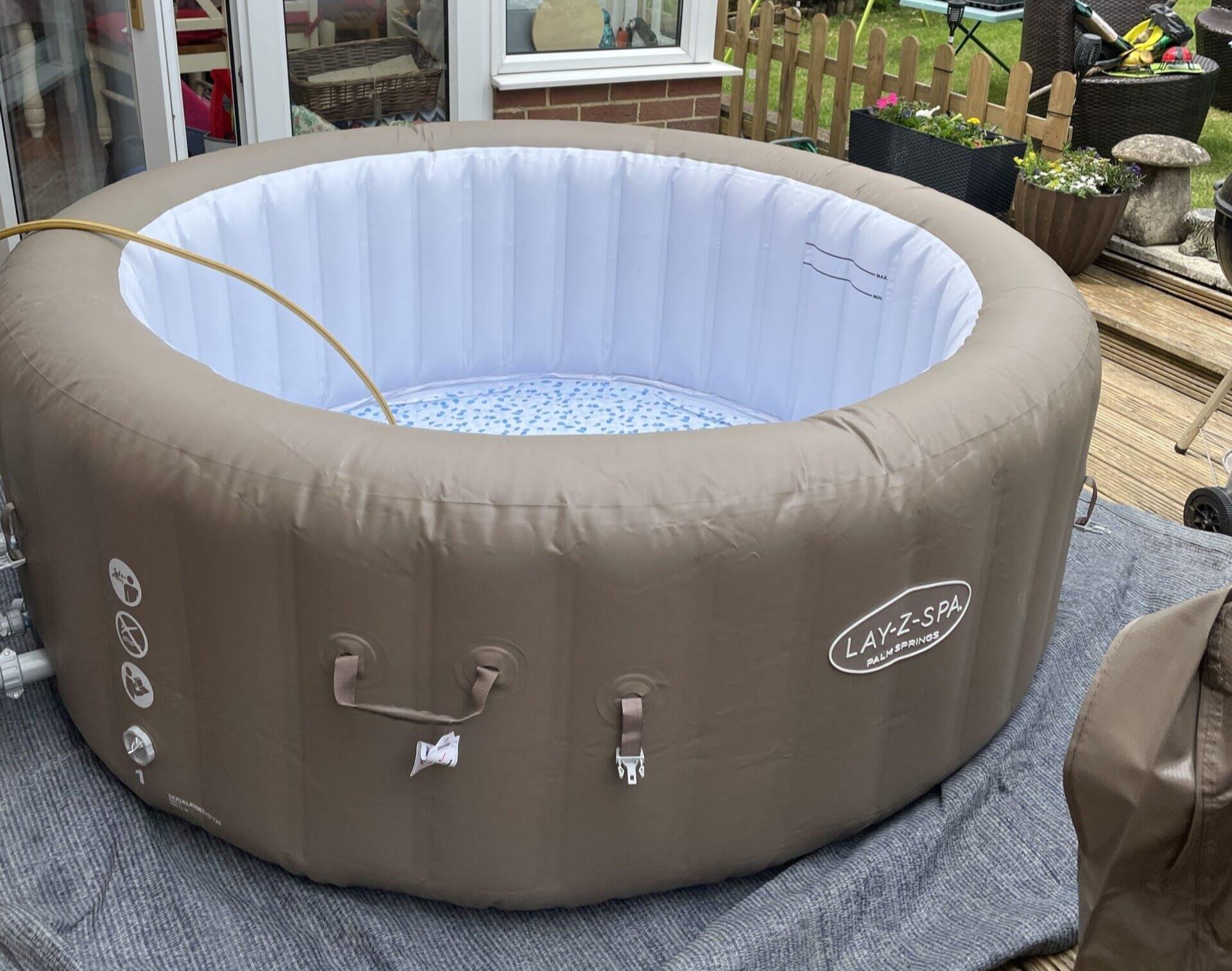
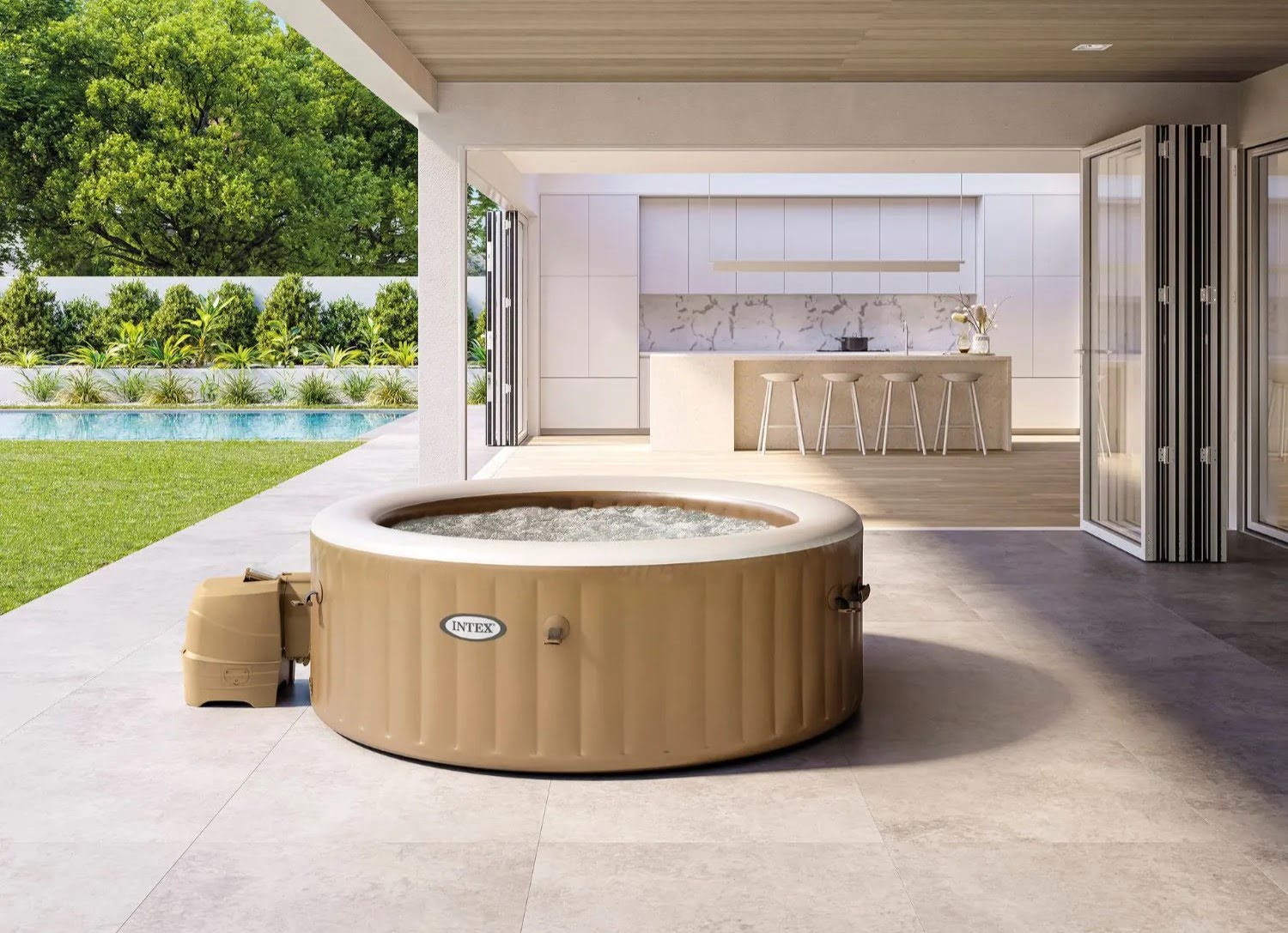
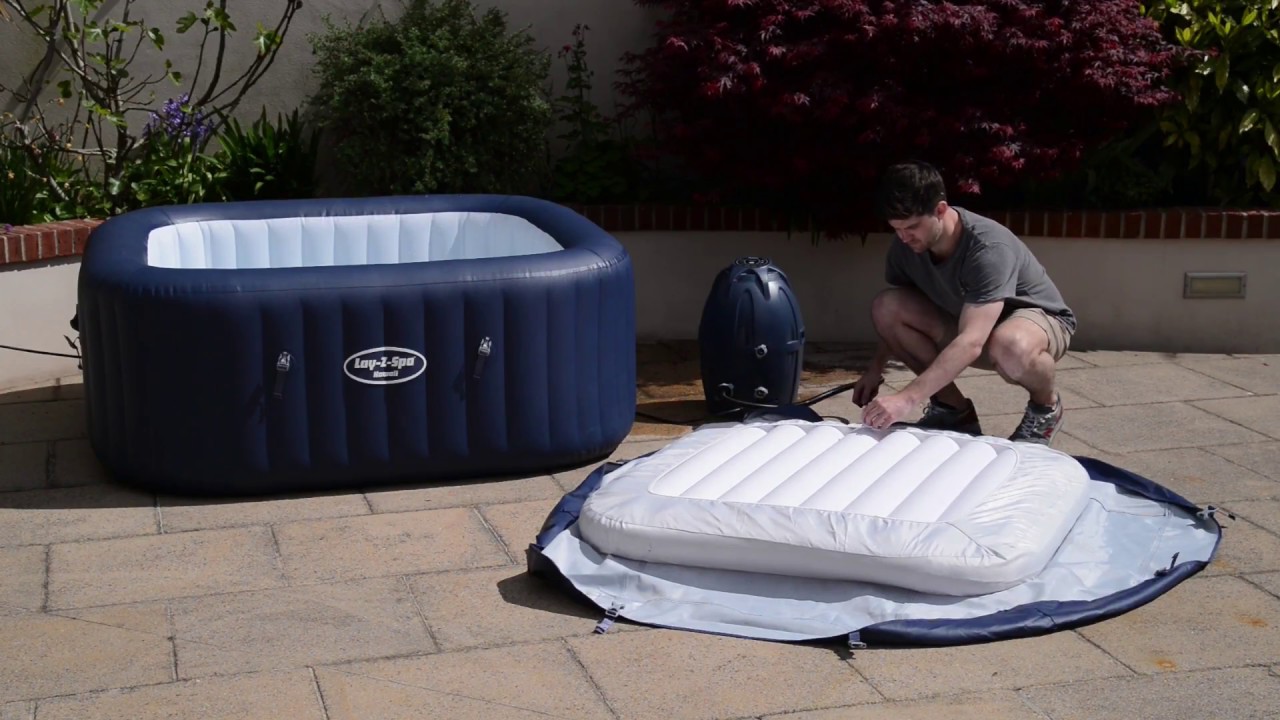

0 thoughts on “How Much Does Inflatable Hot Tub Weigh”